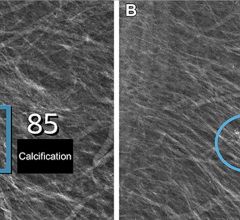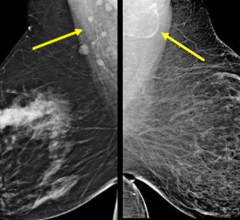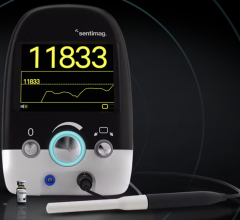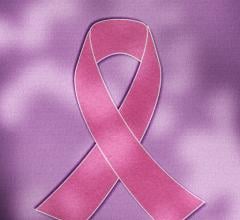March 12, 2009 - Gail Lebovic, M.D., a nationally prominent breast and oncoplastic surgeon, will discuss breast cancer risk assessment with the HALO Breast Pap Test, plus innovative surgical options for patients, at the National Consortium of Breast Centers (NCBC) annual meeting in Las Vegas.
The HALO Breast Pap Test will also be featured in two scientific poster presentations at the NCBC meeting. HALO is not a replacement for current routine screening with breast exams and mammograms. It is suited is for women over 25 and is especially helpful for younger women who are not yet getting mammograms, or whose mammograms are less effective due to dense breast tissue that can obscure the detection of lesions.
Dr. Lebovic’s talk, “Risk Assessment and Oncoplastic Surgery,” will be presented as a breakfast symposium on March 18 from 6:15 a.m. to 7:30 a.m. in Diamond Rooms 1-3 at the Planet Hollywood Resort in Las Vegas. She is director of Women’s Services at the renowned Cooper Clinic at Craig Ranch in McKinney, TX, and the incoming president of the American Society of Breast Disease.
Dr. Lebovic will note that when it comes to breast cancer, “medicine is shifting from a “diagnose-and-treat” perspective, to more of a “screen-and-prevent” approach. She feels this shift has potential to save lives and potentially reduce healthcare costs. This transition is being made possible by new tools for breast cancer risk assessment and prevention.
One of the risk assessment tools Dr. Lebovic will discuss is an automated, noninvasive method of collecting nipple aspirate fluid from women over age 25, using the HALO Breast Pap Test. The nipple aspirate (NAF) fluid is examined to identify women who may be at an increased risk of developing breast cancer in the future.
Dr. Lebovic will also be discussing oncoplastic surgery, including innovative techniques she developed and helped pioneer. Oncoplastic surgery focuses on surgical methods that help preserve tissue and minimize scarring without compromising cancer removal. When breast cancer is detected early, tumors tend to be smaller and can be removed while leaving more of the breast tissue or skin intact. Dr. Lebovic has also perfected techniques that allow tumor removal and breast reconstruction to be achieved in a fewer number of surgical procedures. These techniques can produce better aesthetic outcomes for the patient and have potential to help reduce healthcare costs.
“The key to oncoplastic surgery is finding tumors that are small (early breast cancers), and in order to find tumors when they are small, we need to know who is at high risk,” said Dr. Lebovic. “But the majority of women diagnosed with breast cancer today had no idea they were at risk until a lump was felt or found on a mammogram. By then, the tumor may have been growing for years. One myth is that family history is a good indicator of risk. However, the majority of women with breast cancer have no family history of the disease at all. In fact, eight out of nine women who develop breast cancer don’t have a direct relative who had the disease.
“Collecting and analyzing nipple aspirate fluid is the first easy, proven method for helping us identify high-risk individuals among asymptomatic women so we know where to focus our preventive and screening methods,” Dr. Lebovic added. “If we find precancerous changes in NAF, we can prevent some patients’ cancers and locate other cancers at earlier stages where surgical options are much better.”
Also at the NCBC meeting, a poster by Alice Police, M.D., a breast surgeon, and Linda Frye, M.D., a radiologist, will show how identifying atypia in NAF using the HALO Breast Pap Test improved the care they were able to provide specific patients at their practice, Pacific Breast Care, in Costa Mesa, Calif.
The second poster featuring NAF atypia is co-authored by Dr. Police and Patricia Korber, M.D., OB/GYN with Newport Beach OB/GYN Medical Group, in Newport Beach, Calif. This poster will show how HALO has made possible a collaborative relationship between the two doctors’ practices in which women with elevated breast cancer risk are presented with risk-reduction options.
For further information: www.neomatrix.com


 July 29, 2024
July 29, 2024 








